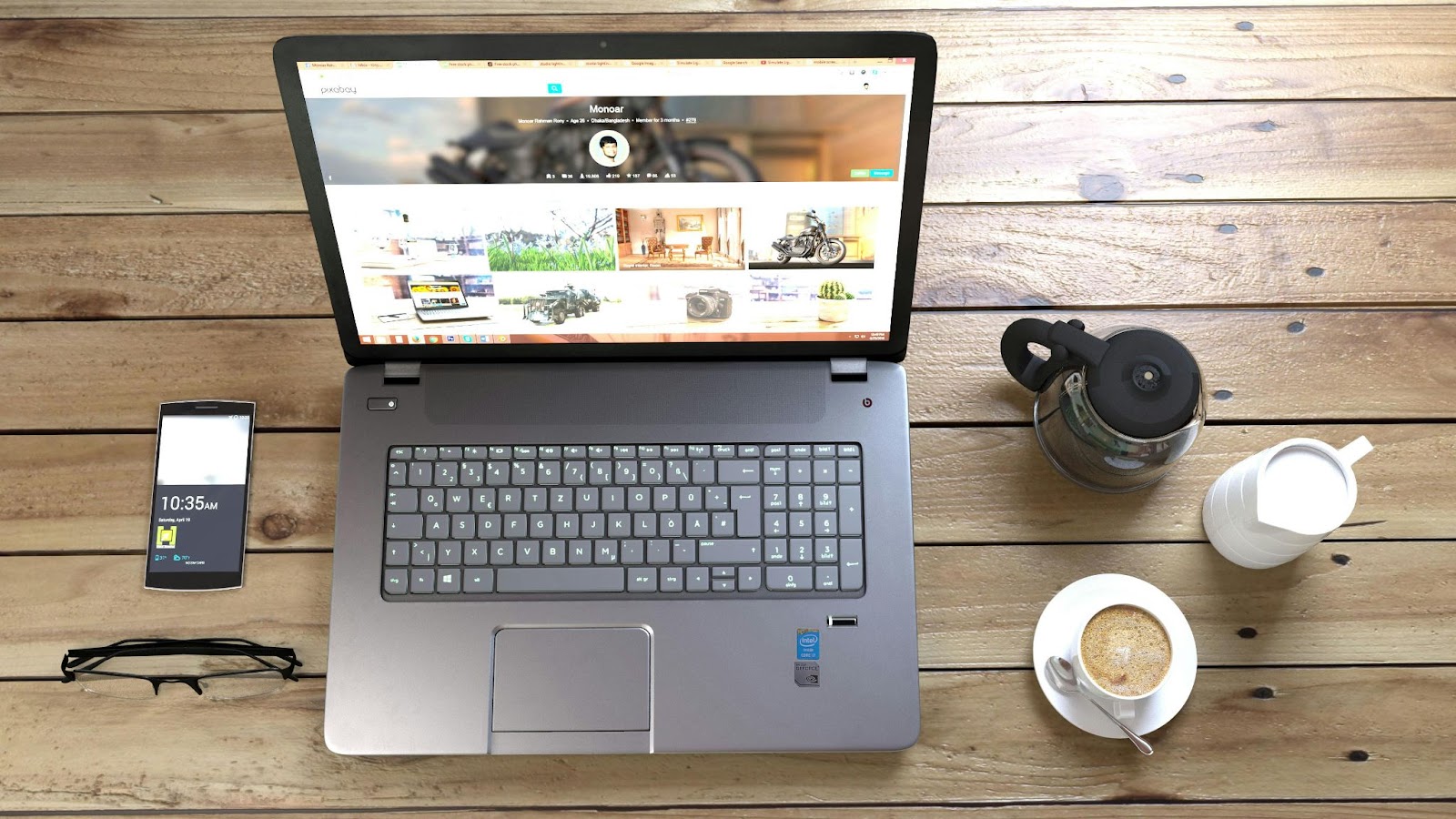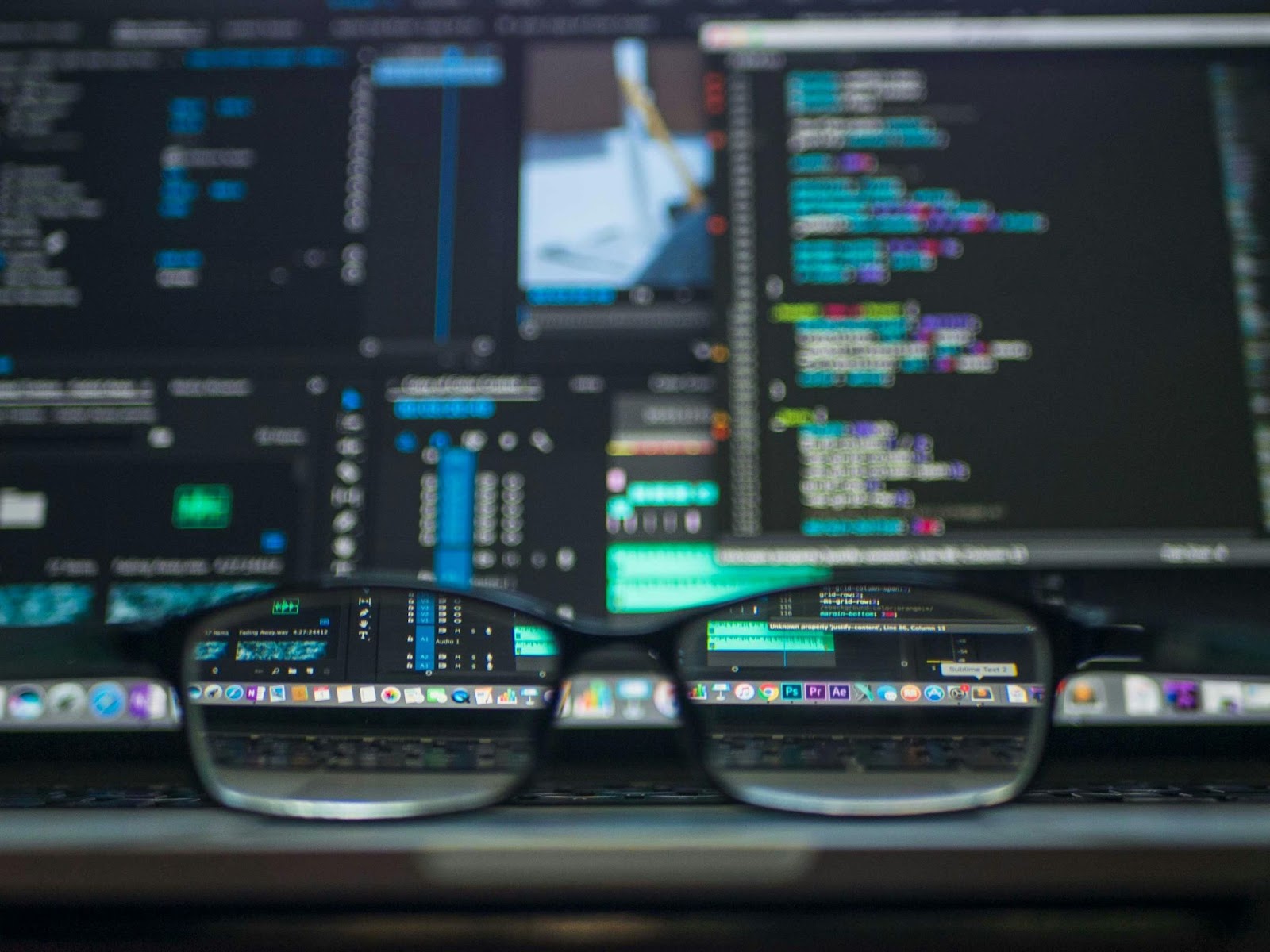 Graphic and Web Design
Graphic and Web Design
Graphic design lays the cornerstone for visual communication. It blends creativity and technology to convey ideas through images and layout of websites. It involves creating visuals that attract, inform, and compel the target audience. For instance, logos, images, illustrations, and infographics serve as vital elements in graphic design. The fonts and color schemes chosen reflect the business’s personality, aiding in establishing a strong brand identity.
Web design is integral for delivering a functional and friendly user experience. It includes various aspects, such as webpage layout, content production, and graphic design. The aesthetics, such as the color scheme, images, and fonts, formulate the visual part of web design. On the other hand, features like navigation, load speed, and mobile compatibility form the functionality aspect. For instance, a well-structured navigational menu enhances user guidance through the site, promoting an engaging and hassle-free experience.
 Role and Importance of Graphics in Web Design
Role and Importance of Graphics in Web Design
Graphics in web design enhance visual communication and user experience, as well as contribute significantly to aesthetics which captures users’ attention. Implementing graphics strategically provides seamless navigation and a boost to the overall user-friendly experience.
Compelling graphics assists in transforming a visitor’s online journey into a pleasurable user experience. It’s not primarily about the elements’ aesthetic appeal, but their ability to facilitate the user’s journey. For instance, consider an intuitive icon that replaces a detailed instruction manual. Through the graphic design elements’ visual hint, users can navigate the website or application effortlessly, reducing user fatigue and boosting overall website engagement.
In web design, aesthetics isn’t solely about making a website look beautiful. Rather, it’s about ensuring that the desired action is as intuitive as possible for the user. Fonts, colors, images, icons, and other design elements form an integral part of graphic design, working together to create a website’s visual appeal. For example, a blue color has been found to induce a sense of trust and calm (Cherry, 2020). Hence, many financial and health websites incorporate blue in their color scheme to induce trust and ease. The strategic usage of such design elements, backed by the understanding of color psychology, help to enhance the overall user experience and facilitate the desired users’ actions.
 Graphic and Web Design Tools
Graphic and Web Design Tools
Transitioning from the role of graphics in web design, it’s spot-on to delve into the tools that actualize these designs. These are indispensable resources that turn concepts into captivating visuals.
Graphic design tools are pivotal in manifesting visual ideas. They translate the designer’s creativity into tangible and impactful designs. For instance, Adobe Illustrator, Photoshop, and InDesign – renowned Adobe Suite tools – stand paramount in creating, editing, and enhancing design elements. Adobe Illustrator specializes in vector designs, ideal for versatile logos and illustrations. Photoshop excels in image editing – its high versatility is useful for photo retouching and creating multi-layered designs. Indesign, on the other hand, works best for layout designing, particularly for magazines and eBooks. These software suites enable designers to tailor visuals that induce specific user behaviors and emotional responses.
In creating a user-friendly website, web design software is key. More often than not, it optimizes functionality by simplifying the creative process. An exemplary tool, WordPress, offers a myriad of themes and plugins for customizing sites per the user’s specific needs. Another crucial software, Sketch, aids in prototype designing – it structures visuals into interactive user interfaces. Meanwhile, Figma excels in collaborative designs; it permits real-time cooperation, speeding up the design process. The utilization of these tools enhances web navigation, fosters intuitive interactions, and reduces fatigue on the users’ end. But more than the technical edge, these software suites uphold aesthetics enhancing user experience and trust.
Graphic and web design aren’t just about making things look good. They’re integral to shaping a brand’s image and enhancing the online user experience. Tools like Adobe Illustrator, Photoshop, and WordPress are key players in this field. The strategic integration of design elements, such as visual hierarchy, color theory, and typography, can make a website stand out, as demonstrated by brands like Airbnb. Consistency, white space, hierarchy, repetition, and alignment are all elements that can harmonize a design.